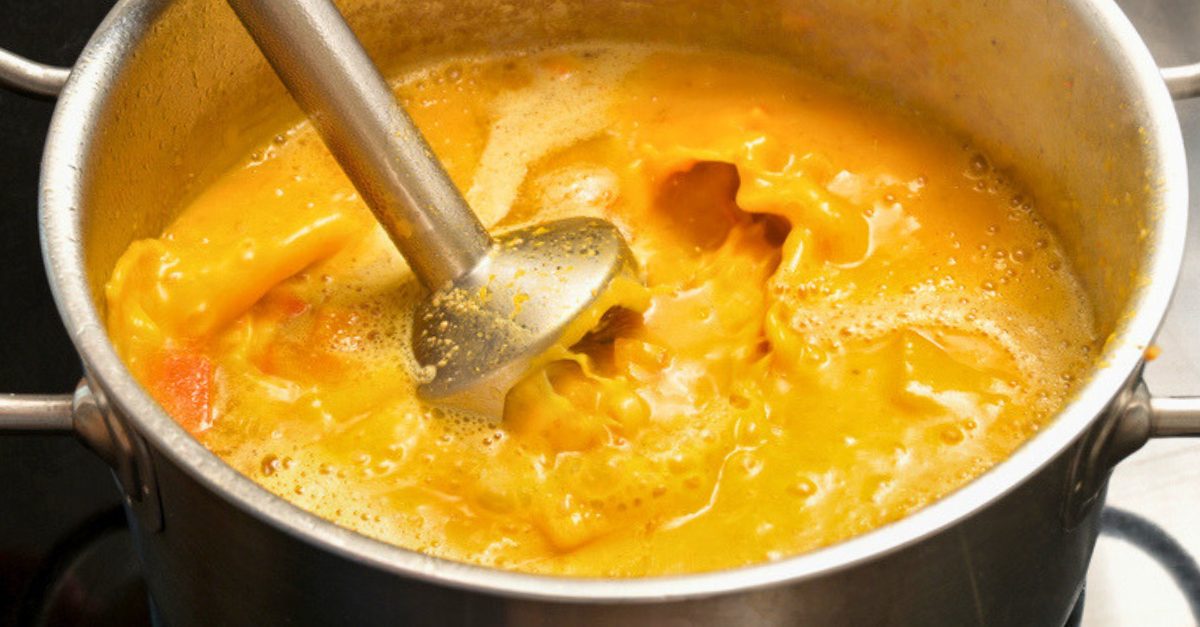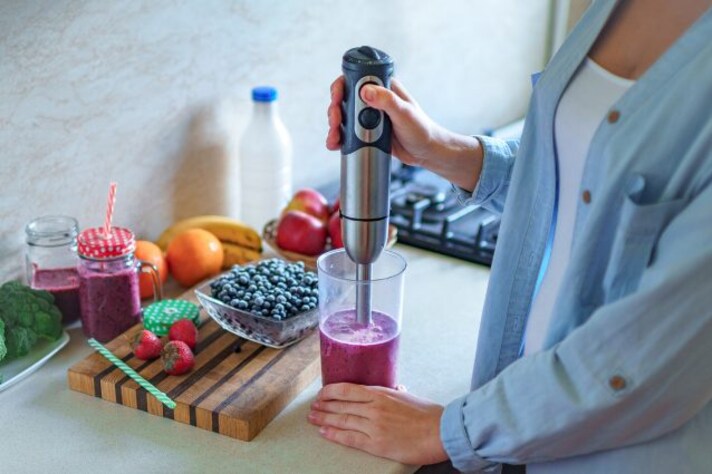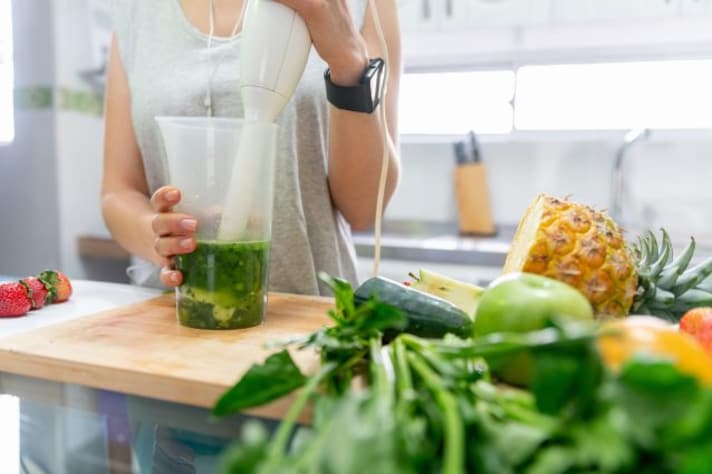How to Use the Immersive Blender Without Splashing: the 4 Tips to Avoid Making a Mess!
Using an immersion blender without making a mess is possible by following a few tips: choose a tall, narrow container to prevent splashes; submerge the blades fully and start blending at a low speed; use a splash guard or improvise with parchment paper to catch splatters; hold the blender at an angle and use gentle, up-and-down motions. These methods will help keep your kitchen clean and tidy.
;Resize,width=742;)
Using an immersion blender can be a game-changer in the kitchen, effortlessly transforming soups, sauces, and smoothies with the push of a button. However, these handy tools are notorious for making a mess if not used properly. The high-speed blades can create a vortex that splatters ingredients everywhere, turning your kitchen into a scene from a food fight. But fear not! With a few clever tips, you can blend like a pro without leaving a trail of chaos behind.
1. Choose the Right Container
One of the primary reasons for immersion blender messes is the container you use. To keep things tidy, always opt for a tall and narrow container rather than a shallow and wide one. The tall sides help contain any splashes, directing the mixture back down toward the blades instead of outward. For example, blending soup directly in a deep pot works better than transferring it to a shallow bowl. If you’re making a smoothie, use a tall glass or a blender jar. The taller the container, the less chance there is for the ingredients to escape.

2. Submerge and Start Slow
The key to avoiding splatters is all in the technique. Before turning on the immersion blender, make sure the blades are fully submerged in the ingredients. Starting the blender while it’s above the surface is a recipe for disaster. Once submerged, begin blending at a low speed. Gradually increase the speed as the mixture becomes more blended and smooth. This method helps prevent sudden splashes and allows you to maintain control. Imagine you’re gently waking up a sleepy giant – you wouldn’t want to startle it, right?
3. Use a Splash Guard
For an extra layer of protection, consider using a splash guard or a homemade equivalent. A splash guard is a simple tool that fits over the top of your container, creating a barrier that prevents liquids from escaping. If you don’t have one, you can improvise with a piece of parchment paper or plastic wrap. Cut a small hole in the center to fit the blender shaft through, and hold it in place while blending. This barrier can catch any rogue splashes, keeping your countertops and walls clean. Think of it as an umbrella for your kitchen – shielding you from a storm of soup.

4. Angle and Motion Matters
Another effective way to reduce splashing is by paying attention to the angle and motion of your immersion blender. Hold the blender at a slight angle rather than straight up and down. This helps direct the mixture downward rather than outward. Additionally, use an up-and-down motion, moving the blender around the container to ensure even blending. Avoid lifting the blender out of the mixture while it’s still running. By keeping it submerged and using gentle movements, you can blend smoothly without creating a mess. It’s like dancing with your blender – graceful and controlled.
;Resize,width=767;)
;Resize,width=712;)


